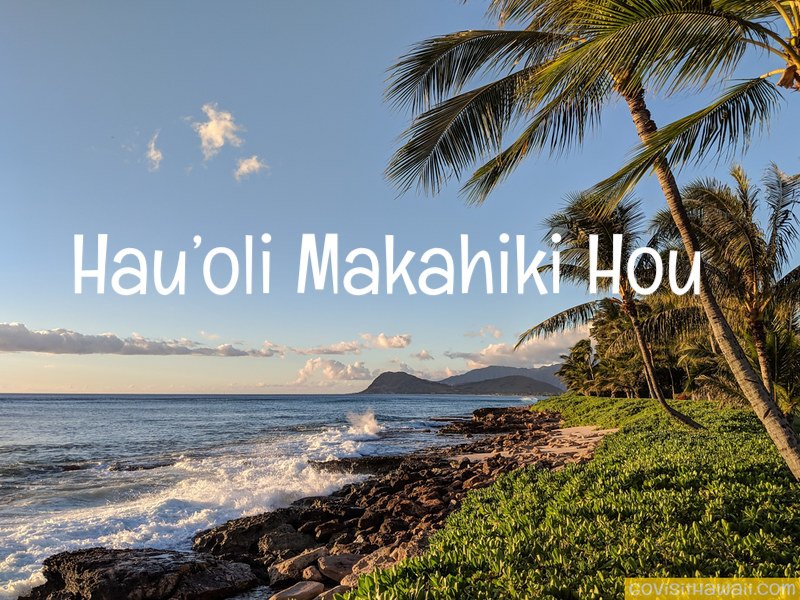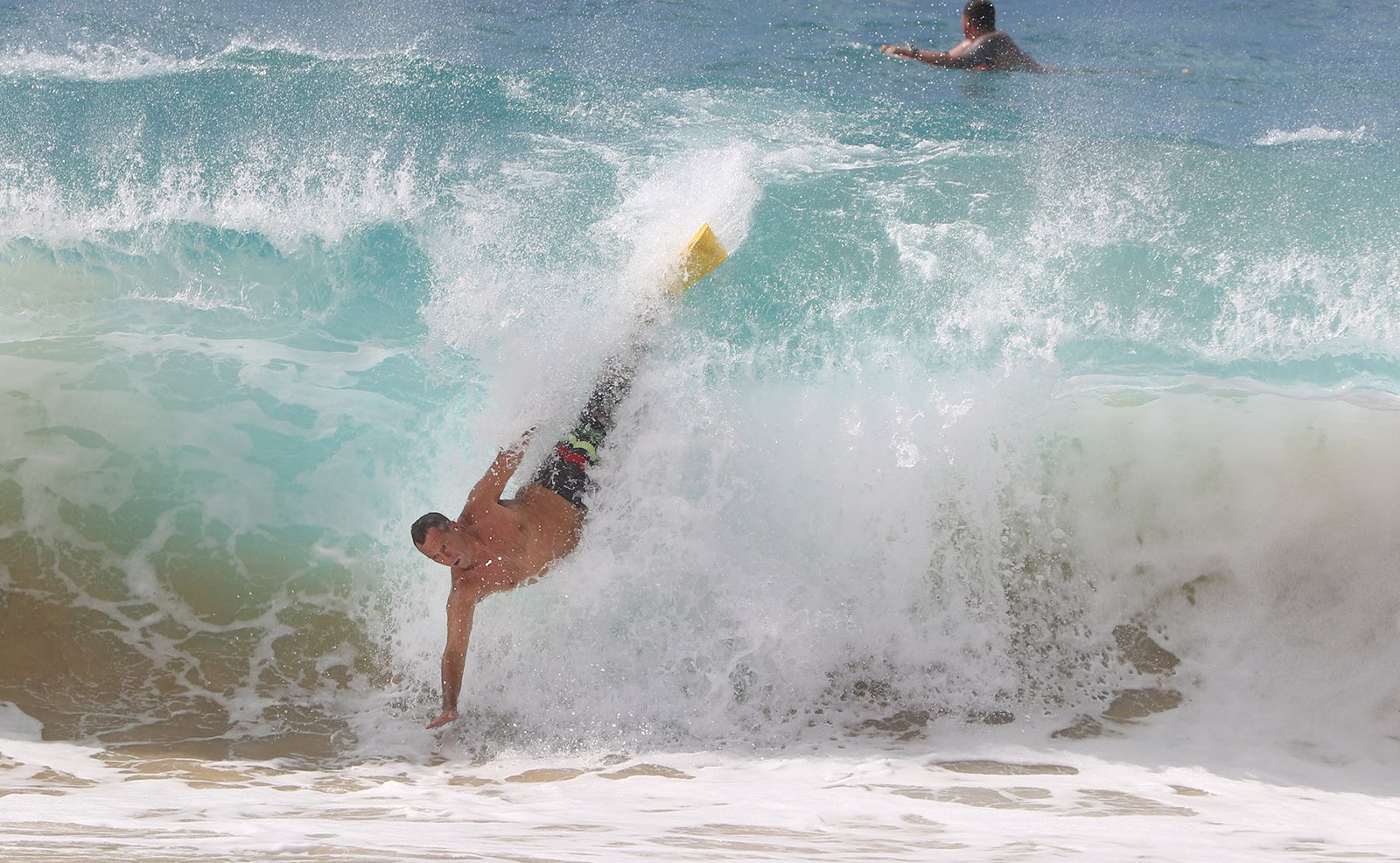Fifty years ago, on Dec. 28, 1973, Congress passed a revised Endangered Species Act. The landmark environmental law offered the highest levels of protection to the country’s most vulnerable species.
The Kauai ‘ō‘ō, a black honeyeater with beautiful flute-like calls, and the nēnē (Hawaiian goose), both appeared on the first list — as did many other native Hawaiian plants and animals.
Hawaii’s geographic isolation gave rise to a profusion of endemic species. Today, 490 Hawaii species are listed as endangered or threatened — the most of any U.S. state or territory. They inhabit areas stretching mauka to makai (mountain to sea), from the silverswords atop Mauna Kea and Haleakala, to kāhuli (Hawaiian land snails), picture-winged flies, and plants such as hāhā in native forests, to ‘ilioholoikauaua (Hawaiian monk seals) and nalo makalena (yellow-faced bees) along our shores.
The first Hawaiian plant listed was Vicia menziesii, a vine with beautiful, curved flowers. Although critically rare, it still exists, due in part to the ESA.
Thanks to conservation organizations and community partnerships rooted in kuleana and malama, we’ve witnessed some recovery. The nēnē was changed from endangered to threatened in 2019, and the ‘io (Hawaiian hawk) was delisted in 2020. Waterbirds like the ʻalaeʻula (Hawaiian moorhen), and ʻaeʻo (Hawaiian stilt) made it off the list, as did the koholā (humpback whale) and honu (green sea turtle).
Through these and other successes, we know that recovery is possible. Yet we cannot celebrate without acknowledging that many species have gone extinct or are still struggling to survive.


We saved the nēnē but lost the Kauai ‘ō‘ō and many others. Of Hawaii’s 87 forest birds, just 26 species remain. On Oahu, all 41 kāhuli species in one genus were listed in 1981; only nine survive today.
Statewide, about 300 of Hawaii’s 759 land snail species remain. Without immediate conservation action, another 100 will likely go extinct within the next decade
Of Vital Importance
Native species and their habitats are vitally important to Hawaiian culture and are considered kupuna (elders). There is no word for nature in the Hawaiian language because it’s not seen as separate from humans. Traditional environmental wisdom derived from intimacy and observation was used for centuries to manage natural resources to benefit people and maintain abundance.
Both dry and wet forests provided wood for Hawaiian tools, homes and weapons — much of Hawaiian material culture came from native plant communities. Hawaii’s endangered birds were celebrated in mele (songs) and in hulu manu (Hawaiian featherwork).
Similarly, Hawaii’s land snails were celebrated in mele and their shells were used in lei for ornamentation or protection. Forests and nearshore fisheries were managed by konohiki (resource experts) who governed when and how to harvest, so there would be plenty in future years. This traditional knowledge can still inform the use of our resources today.
Our world faces many challenges, and the environment and endangered species may seem like superfluous priorities. But we cannot maintain lokahi (balance) without tending to our relationship with aina. Increasing storms and sea level rise threaten our cities and coastlines.
The increased spread of mosquito-borne diseases endangers both human and bird health. We ignore lokahi to our peril because the same factors that threaten our natural world threaten us as well.
The best way to protect Hawaii’s unique flora and fauna is before they are listed as endangered. While the ESA is an essential conservation tool, additional investment is needed to maintain healthy native forests, restore abundance to nearshore waters, boost coral reef health, prevent at-risk species from becoming endangered and help endangered species recover.
Without action, numerous species that are threatened or endangered but not listed under the ESA will go extinct unnoticed and unrecorded. Conservation needs to strengthen an inclusive ecosystem approach to curb the extinction crisis.
Your voice matters. If everyone shared a social post about the importance of native biodiversity and maintaining healthy ecosystems, we could illuminate support for nature when it is vitally needed.
Find ways to connect to your aina.
Congress is considering whether to pass the Recovering America’s Wildlife Act, the most significant investment in wildlife conservation in decades. RAWA could bring an estimated $60 million to Hawaii — and we need it more than ever now.
Your own actions also matter. Find ways to connect to your aina. Plant and grow native species and learn how to prevent the spread of invasives and diseases.
Volunteer with a local non-profit that cares for the environment near your home. Support businesses that share your conservation ethic. Consider the implications and disposal of everything you purchase.
Let your state legislators and county council members know that native species are important. By working together and taking advantage of science and traditional knowledge, we can thrive alongside the plants and animals found here in Hawaii and nowhere else on Earth.







Leave A Comment